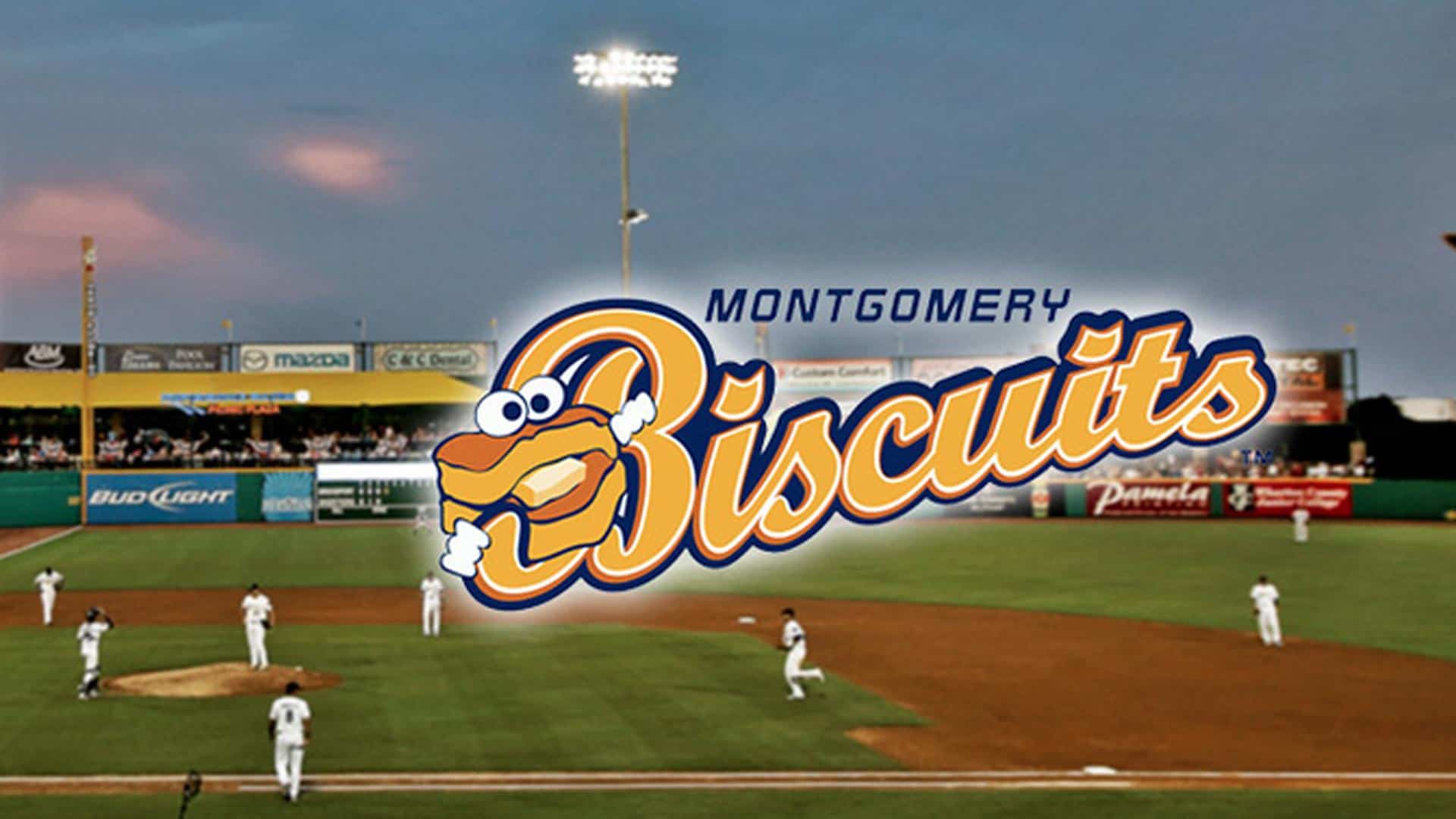2024 Alabama TWS Annual Conference

Riverwalk Stadium
SAVE THE DATE!
2024 Alabama Chapter of The Wildlife Society Annual Meeting
We invite you to join us for our 2024 annual conference that will take place on
July 23-25 at the
Alabama Nature Center
in Millbrook, AL
Join us for professional development programs followed by a welcome social at the Montgomery MiLB Biscuits Game! Day two will be full of technical presentations of wildlife research and management in Alabama and the Southeastern US, followed by an award ceremony that evening. We’ll end the meeting with a business meeting and agency updates on day three.
Mark your calendars, and stay tuned for more updates
Call for Oral and Poster Presentations
ABSTRACT DEADLINE – June 10
Alabama Chapter of the Wildlife Society Annual Conference
The Alabama Chapter of The Wildlife Society is accepting abstracts for consideration for oral and poster presentations at the Chapter’s 2024 annual conference.
Submit your abstract here: 2024 ACTWS Annual Conference – travel award application and abstract submission (google.com)
All abstracts will be evaluated based on timeliness and relevance of the topic, degree of project completion/progression, and overall abstract quality. Authors will be notified of acceptance.
ATTENTION STUDENTS!!!
Best Student Oral Presentation Award ($$$)
Best Student Poster Award ($$$)
Please format abstracts according to the example below:
ORAL/POSTER ABSTRACT
STUDENT/NON-STUDENT
Population Response of Northern Bobwhite to Field Border Management Practices
Mark D. Smith, School of Forestry and Wildlife Sciences, 3301 Forestry and Wildlife Sciences, Auburn University, AL 36849 mds0007@auburn.edu.
Abstract: Empirical relationships of the intensity and spatial extent of field border management required to elicit population responses of northern bobwhite are needed. We established 90.5km of herbaceous field borders (6.1 m wide) along row crop field edges on one half of each of 3 – 800-ha agricultural landscapes in northeast Mississippi. Mean percentage of row crop fields established in field borders was 6.0%. During 2000–2002, we measured breeding season abundance and fall density on all 3 sites and survival of radiomarked bobwhite on 2 of the 3 sites. We used space-use models of bobwhite habitat composition and configuration to estimate changes in habitat suitability resulting from field border implementation. Survival did not differ between bordered (S = 37.2, SE = 0.06) and non-bordered (S = 42.7, SE = 0.09; χ12 = 0.001, P = 0.971) sites. Moreover, bordered and non-bordered sites did not differ significantly with respect to breeding season call counts (bordered = 1.0, SE = 0.18; non-bordered = 0.8, SE = 0.27; F1,10 = 0.44, P = 0.219) and fall density (bordered = 0.2, SE = 0.07; non-bordered = 0.1, SE = 0.05; F1,10 = 2.18, P = 0.171). However, field borders increased the amount of usable space up to 15% on bordered landscapes. The relatively low percentage of field borders established on our sites was not sufficient to elicit measurable population responses of bobwhite. We recommend at least 5–10% of a study area be placed in field border habitats to enhance local bobwhite populations.


